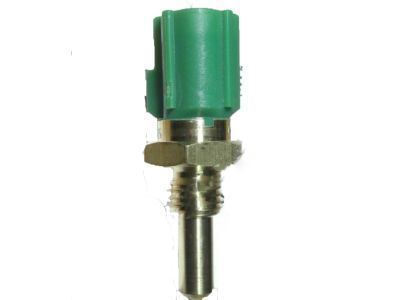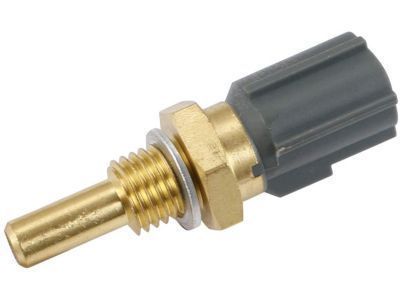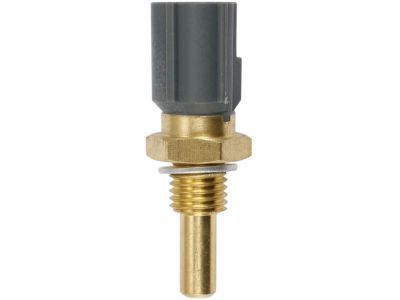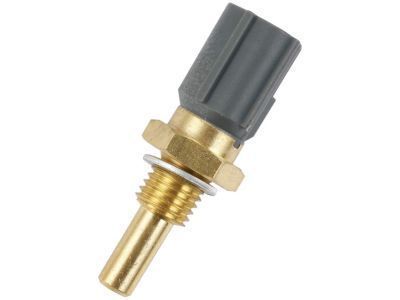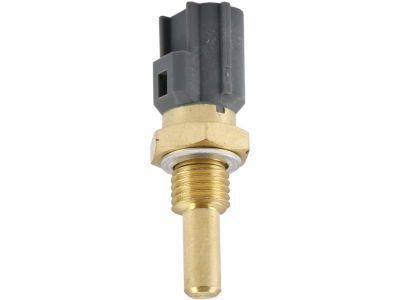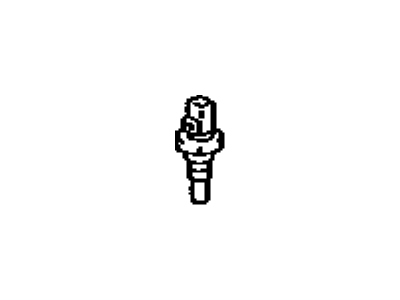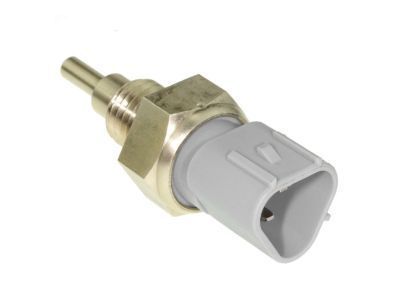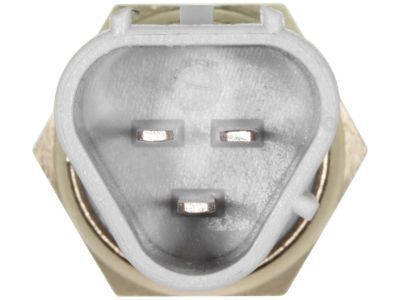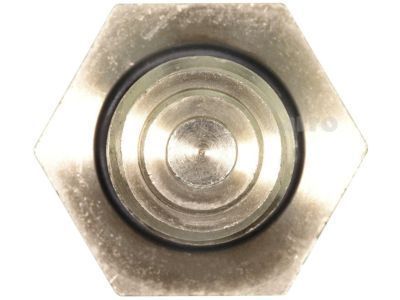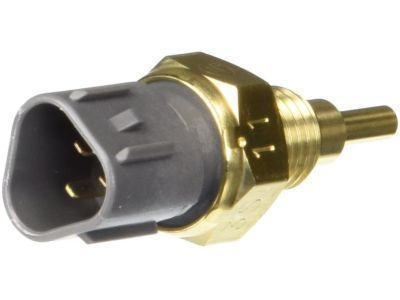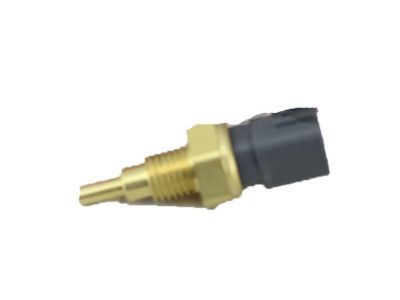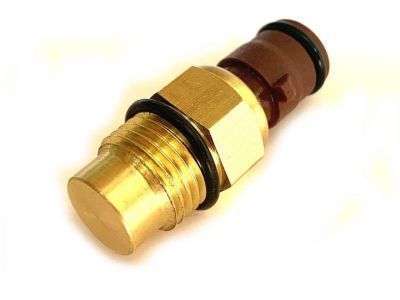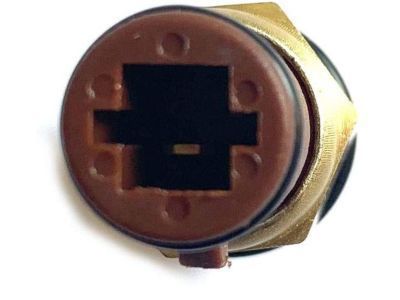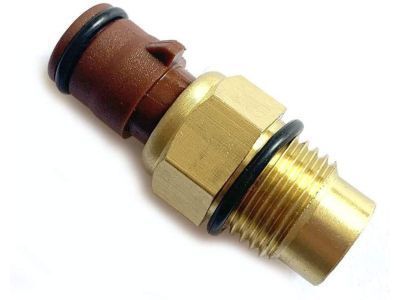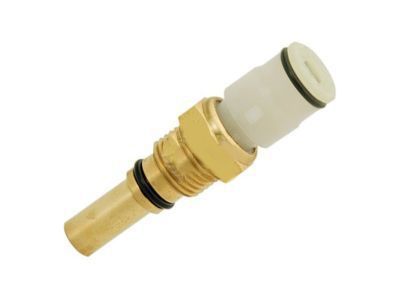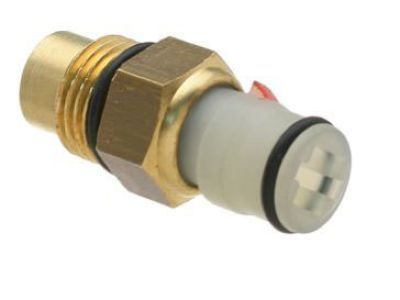

My Garage
My Account
Cart
Genuine Toyota Tercel Coolant Temperature Sensor
Coolant Water Temperature Sensor- Select Vehicle by Model
- Select Vehicle by VIN
Select Vehicle by Model
orMake
Model
Year
Select Vehicle by VIN
For the most accurate results, select vehicle by your VIN (Vehicle Identification Number).
16 Coolant Temperature Sensors found
Toyota Tercel Sensor, Water Temperature
Part Number: 89422-20010$67.48 MSRP: $95.12You Save: $27.64 (30%)Ships in 1-3 Business DaysToyota Tercel Sensor, Water Temperature
Part Number: 89422-16010$67.48 MSRP: $95.12You Save: $27.64 (30%)Ships in 1-3 Business DaysToyota Tercel Sensor, Water Temperature
Part Number: 89422-22030$68.55 MSRP: $96.62You Save: $28.07 (30%)Ships in 1-3 Business DaysToyota Tercel Switch, Temperature Detect
Part Number: 89428-10100$20.20 MSRP: $131.16You Save: $110.96 (85%)Ships in 1-2 Business DaysToyota Tercel Switch, Temperature Detect
Part Number: 89428-12160$122.49 MSRP: $174.13You Save: $51.64 (30%)Ships in 1-3 Business DaysToyota Tercel Switch, Temperature Detect
Part Number: 89428-15011$138.40 MSRP: $196.76You Save: $58.36 (30%)Ships in 1-3 Business DaysToyota Tercel Switch, Temperature Detect
Part Number: 89427-12090$122.49 MSRP: $174.13You Save: $51.64 (30%)Ships in 1-3 Business DaysToyota Tercel Switch, Temperature Detect
Part Number: 89428-15030$126.69 MSRP: $180.11You Save: $53.42 (30%)
Toyota Tercel Coolant Temperature Sensor
If you are in demand for superior quality and affordable OEM Toyota Tercel Coolant Temperature Sensor, then shop with us! We own a wide range of the reduced-priced genuine Toyota Tercel Coolant Temperature Sensor. You can purchase in confidence as all parts come with a manufacturer's warranty. Any issues with our products? No need to worry as we have a hassle-free return policy to guide you every step of the way.
Toyota Tercel Coolant Temperature Sensor Parts Questions & Experts Answers
- Q: How to Diagnose and Resolve Issues with a Faulty Coolant Temperature Gauge and Coolant Temperature Sensor on Toyota Tercel?A:To troubleshoot issues with the coolant temperature gauge, start by checking the fuses if the gauge is inoperative. If the temperature indicator shows excessive temperature after running for a while, it may indicate a problem. In the case where the gauge indicates "Hot" shortly after starting the engine cold, disconnect the wire at the Coolant Temperature Sensor. If the gauge reading drops, replace the sending unit. If the reading remains high, there may be a shorted wire to the gauge or a faulty gauge. If the coolant temperature gauge fails to indicate after the engine has warmed up and the fuses are fine, shut off the engine. If the gauge still doesn't work, there may be an open circuit or a faulty gauge. For replacement, start by releasing any pressure in the radiator by removing and reinstalling the cap when the engine is cool. Disconnect the electrical connector from the sending unit and apply sealant to the threads of the new sending unit. Unscrew the old sending unit and quickly install the new one to prevent coolant loss. Tighten the sending unit securely and connect the wiring harness. Refill the cooling system, run the engine, and check for leaks and proper gauge operation.
Related Toyota Tercel Parts
Browse by Year
1999 Coolant Temperature Sensor 1998 Coolant Temperature Sensor 1997 Coolant Temperature Sensor 1996 Coolant Temperature Sensor 1995 Coolant Temperature Sensor 1994 Coolant Temperature Sensor 1993 Coolant Temperature Sensor 1992 Coolant Temperature Sensor 1991 Coolant Temperature Sensor 1990 Coolant Temperature Sensor 1989 Coolant Temperature Sensor 1988 Coolant Temperature Sensor 1987 Coolant Temperature Sensor 1986 Coolant Temperature Sensor 1985 Coolant Temperature Sensor 1984 Coolant Temperature Sensor 1983 Coolant Temperature Sensor 1982 Coolant Temperature Sensor 1981 Coolant Temperature Sensor 1980 Coolant Temperature Sensor
